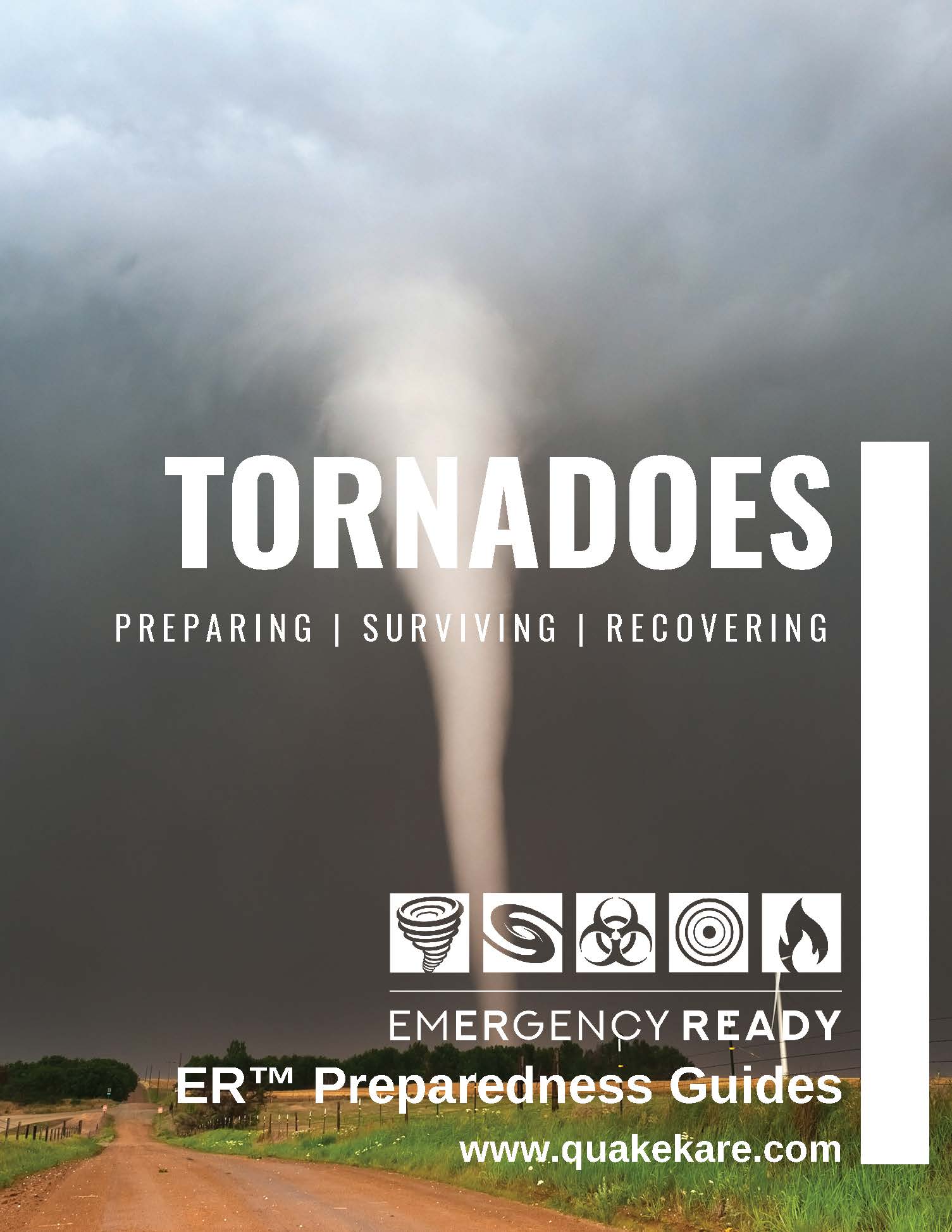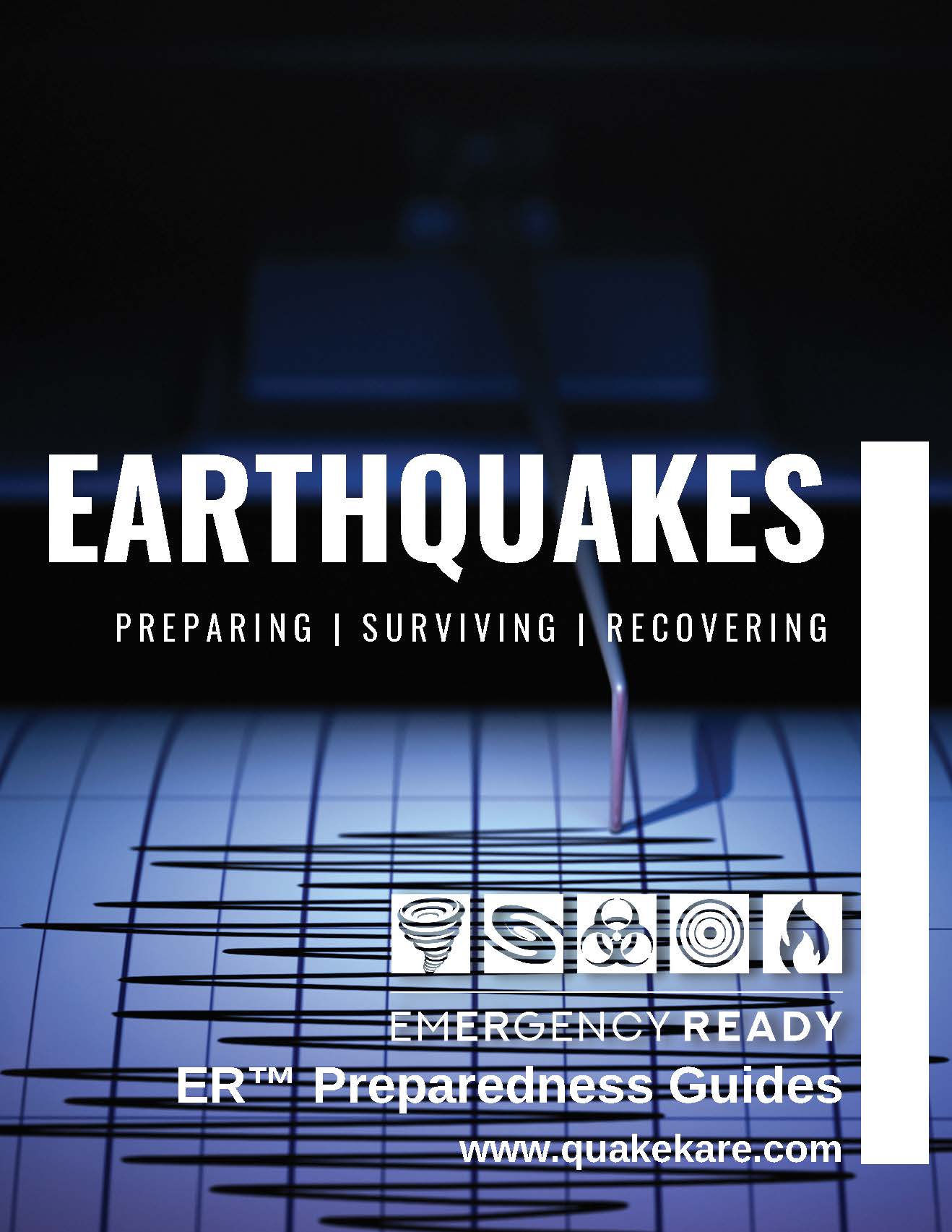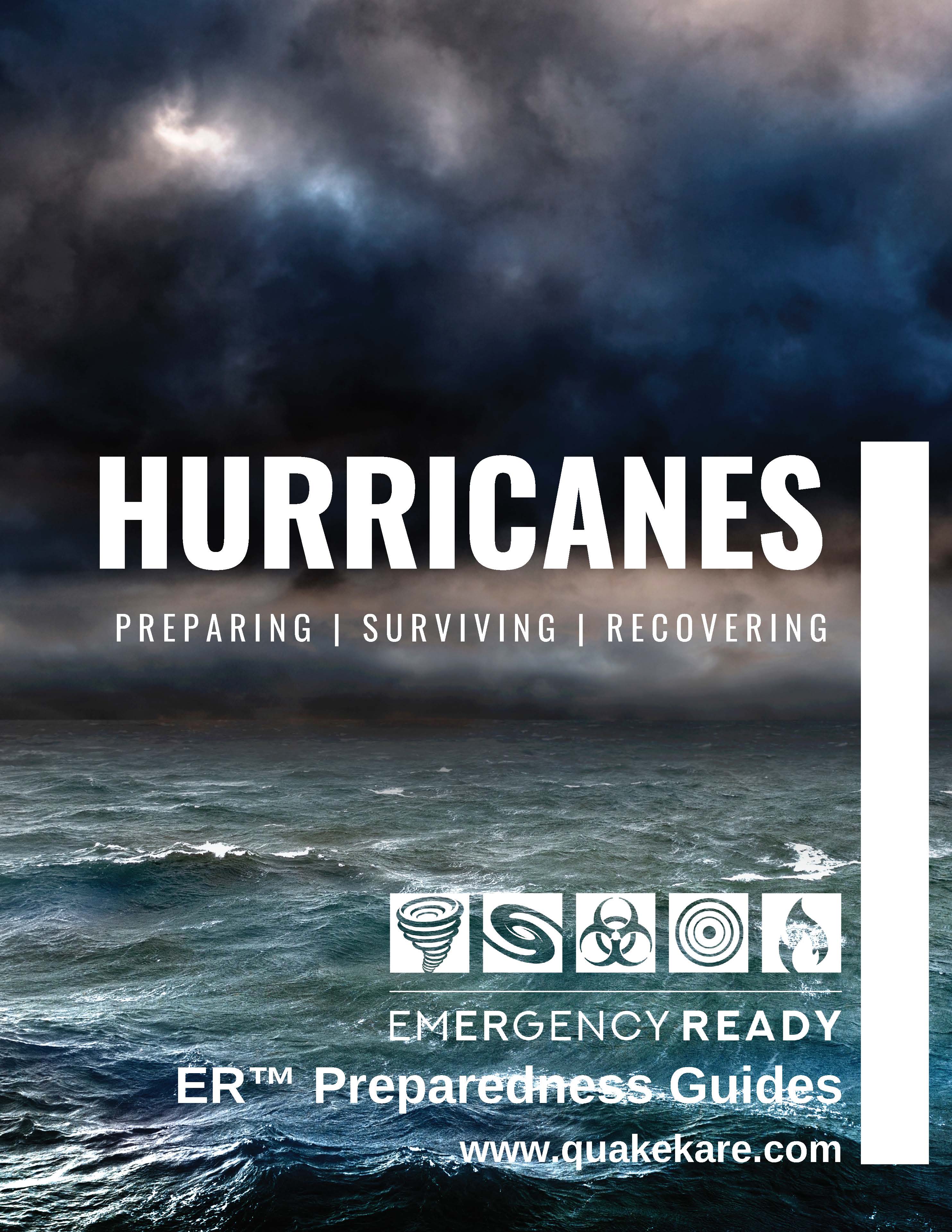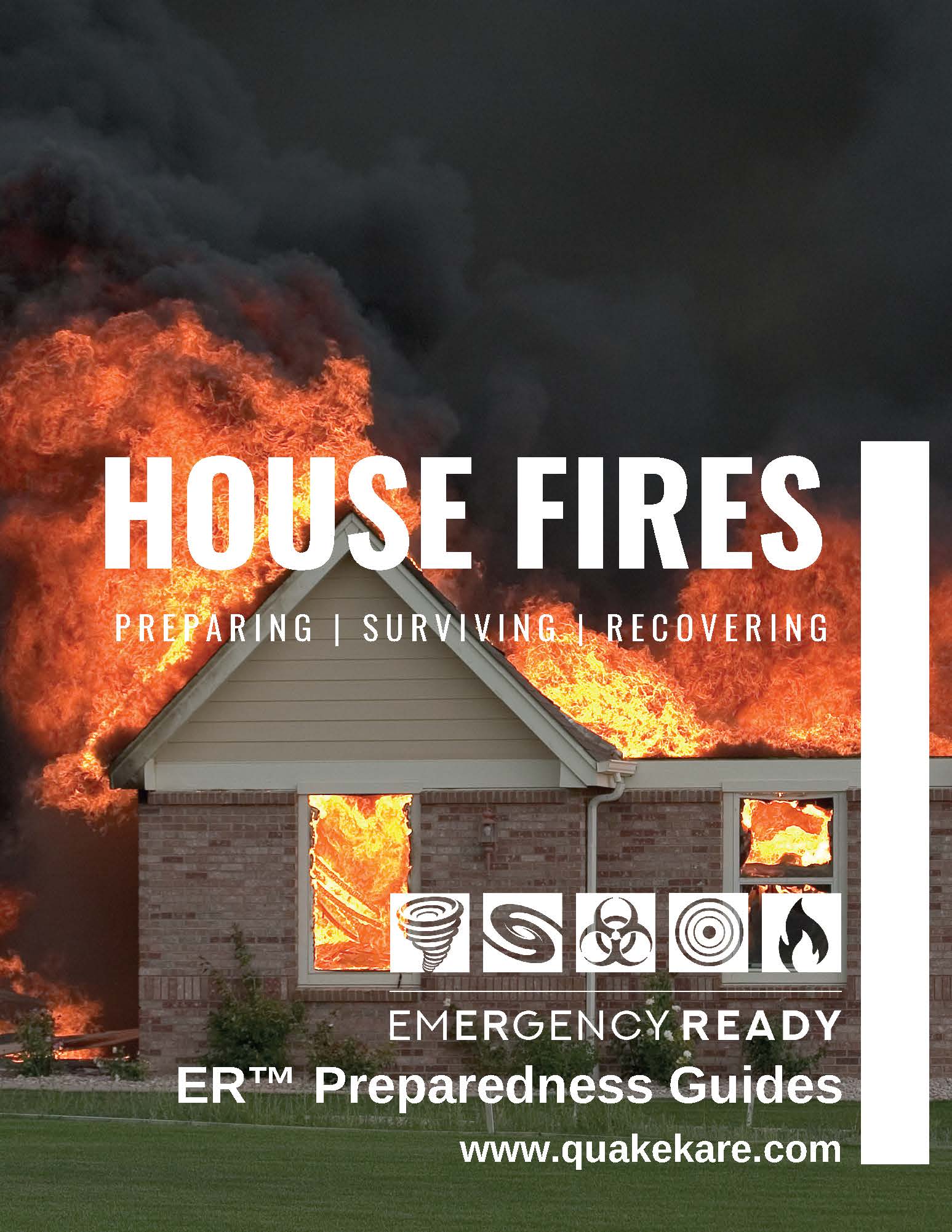1. Create a Family Emergency Plan
First, create a Family Emergency Plan that includes emergency contact numbers, family rendezvous locations, evacuation routes, and the location of emergency supplies. Fill-in and print our free PDF form which includes four emergency contact cards that you can cut-out and provide to family members. Click here to start creating your plan. 2. Build or Purchase a Survival Kit to Store in the Home
- Purchase a pre-made kit or build your own following our step-by-step guide.
- Learn How to Personalize Your Emergency Preparedness Kit
If you purchase a disaster kit, consider the personal items that you should include. We assembled a check-list of personal preparedness supplies you may want to consider including in your kit. - Note kit expiration dates and routinely replenish expired supplies
Our kits are designed to make it easy and inexpensive to replenish your supplies every 5 years. Instead of buying new kits, our ER™ Easy Replacement Packs replace only the supplies that expire so that you can reuse the rest of the kit.





